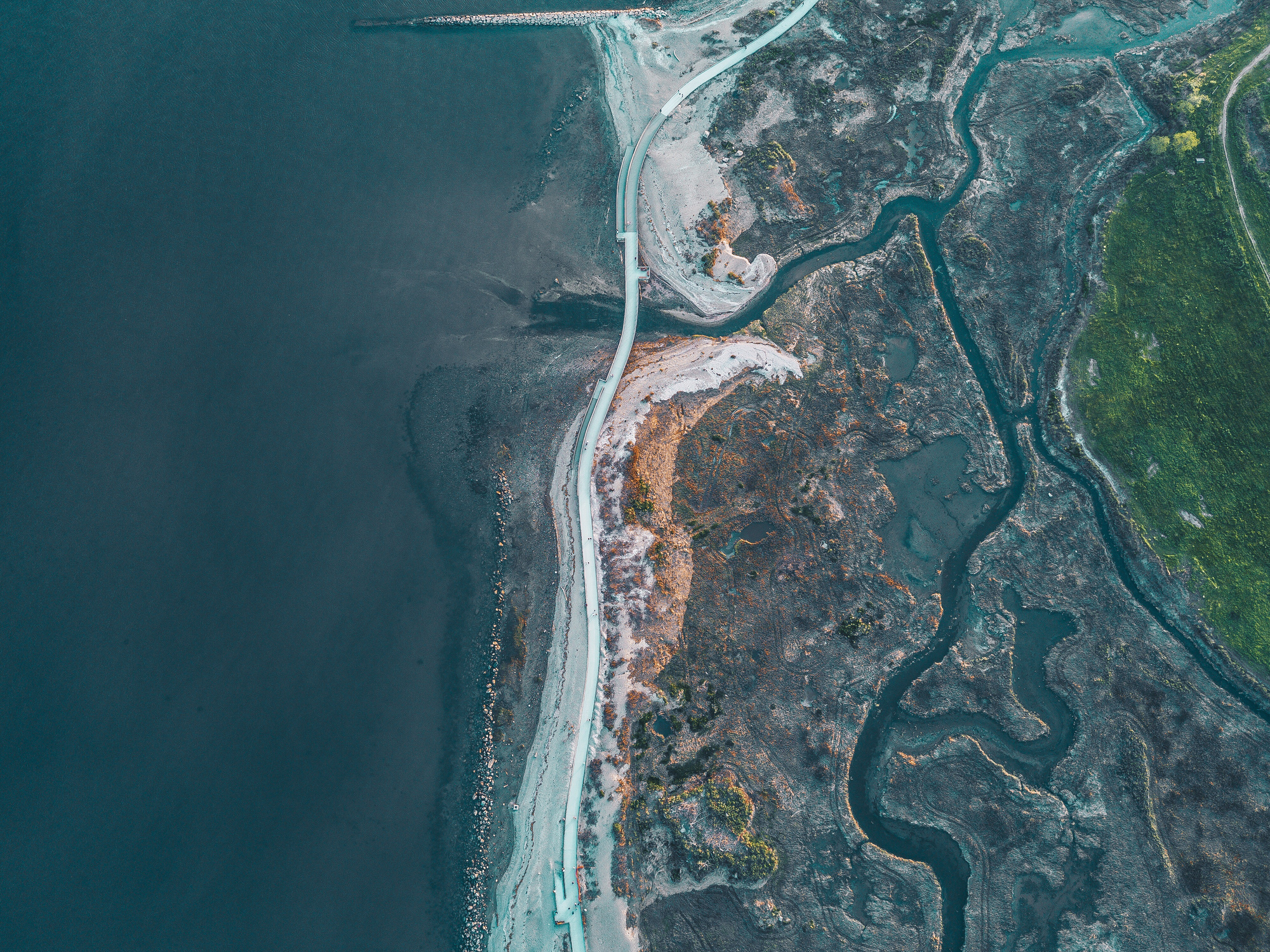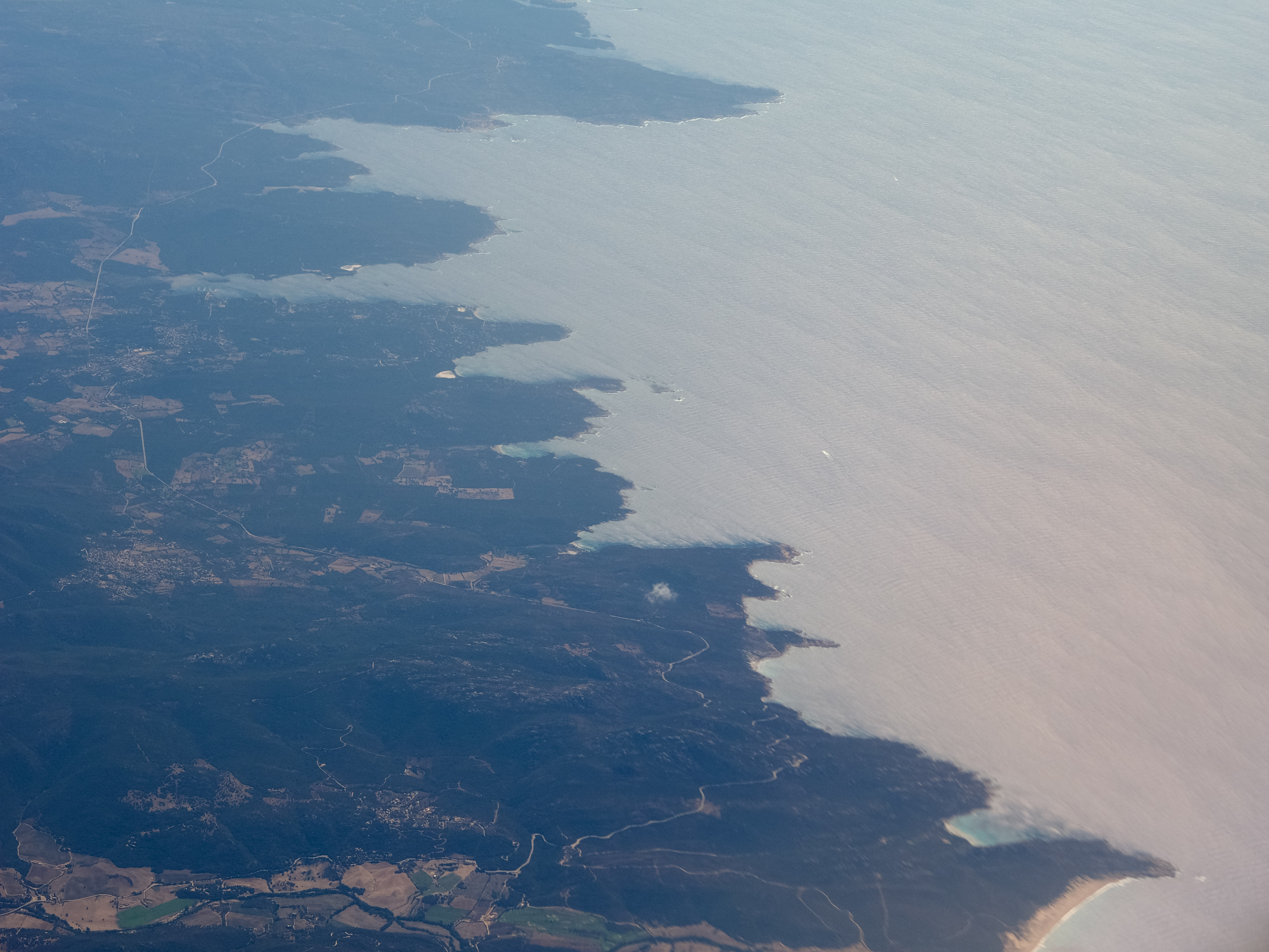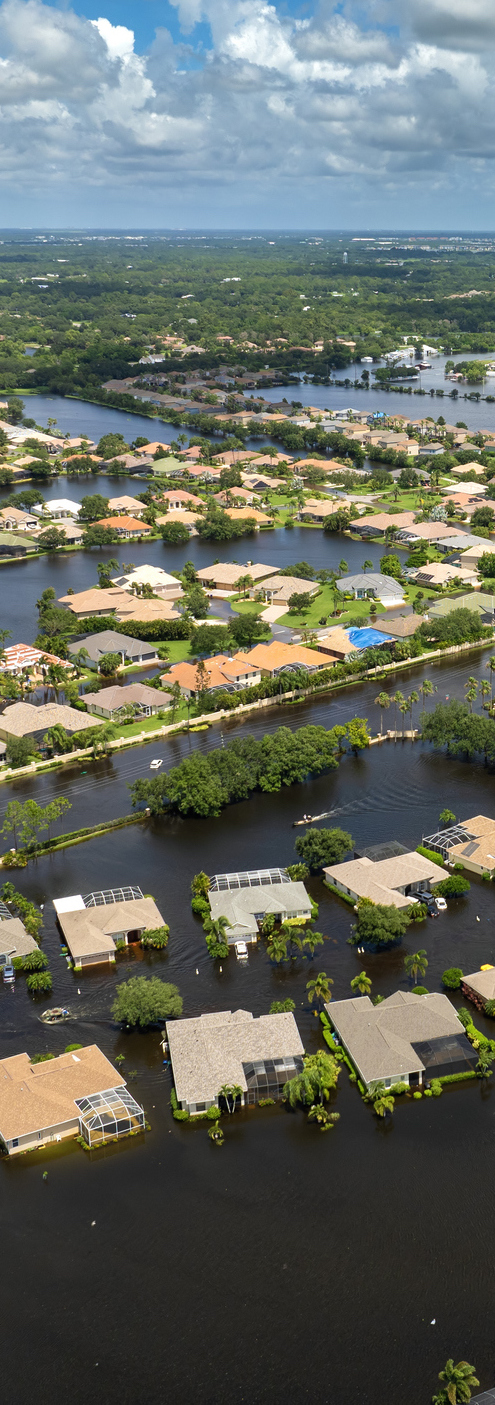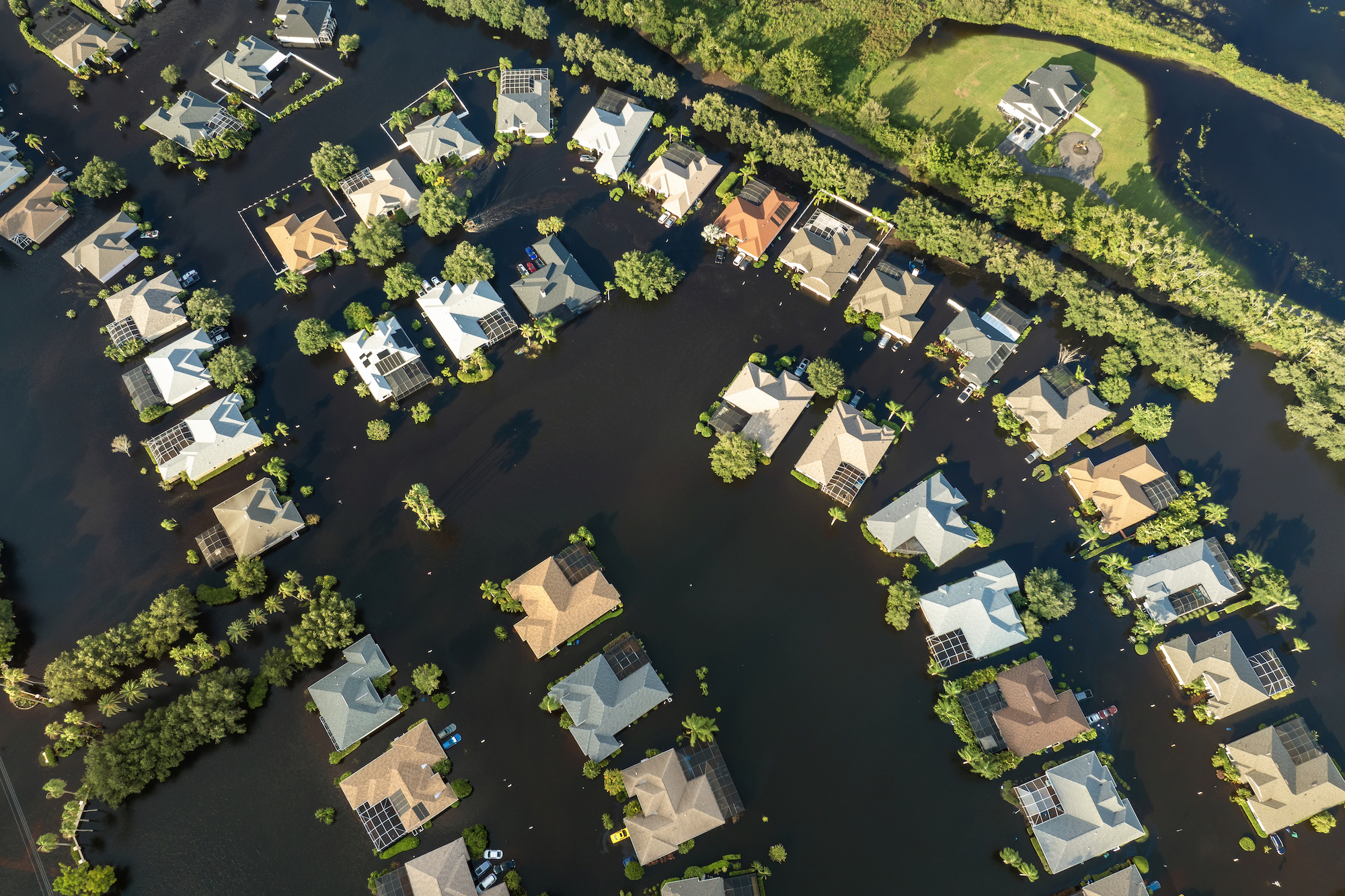A complete solution for parametric flood insurance
Design, monitor, and trigger parametric products with Floodbase’s parametric platform.







.png)

How it works
Index Design

Threshold Setting

Location & Needs Evaluation

Monitoring & Triggering
Work with an end-to-end parametric flood insurance solution
Receive ongoing support with index creation, threshold setting and validation, as well as policy design, pricing, and triggering. Estimate risk and monitor flood events in near real-time using high quality flood data and expertise.



Expand your business to new customers and markets
Confidently provide superior coverage for historically difficult-to-insure locations and risk types to distinguish and grow your business—all while knowing policies will be accurately priced, monitored, and triggered for profitable flood coverage.
Confidently underwrite policies and manage payouts with almost no overhead
Design and underwrite new policies using our data and support at no upfront cost. Pay only when a policy binds to cover continuous monitoring and accurate payout triggering without the need for costly adjusters.


Emergency Flood Data in your Inbox
Get access to daily & event summary data of U.S. floods any time federal agencies make a request to Floodbase
Learn how >>
Consistent and scalable flood data designed for parametric solutions

Automatic payout triggering

Consistent, near real-time monitoring

Multiple, varied observational data sources

Global coverage of wide geographies

Pioneering data science

Custom policy design and support

30+ years of historical flood data










